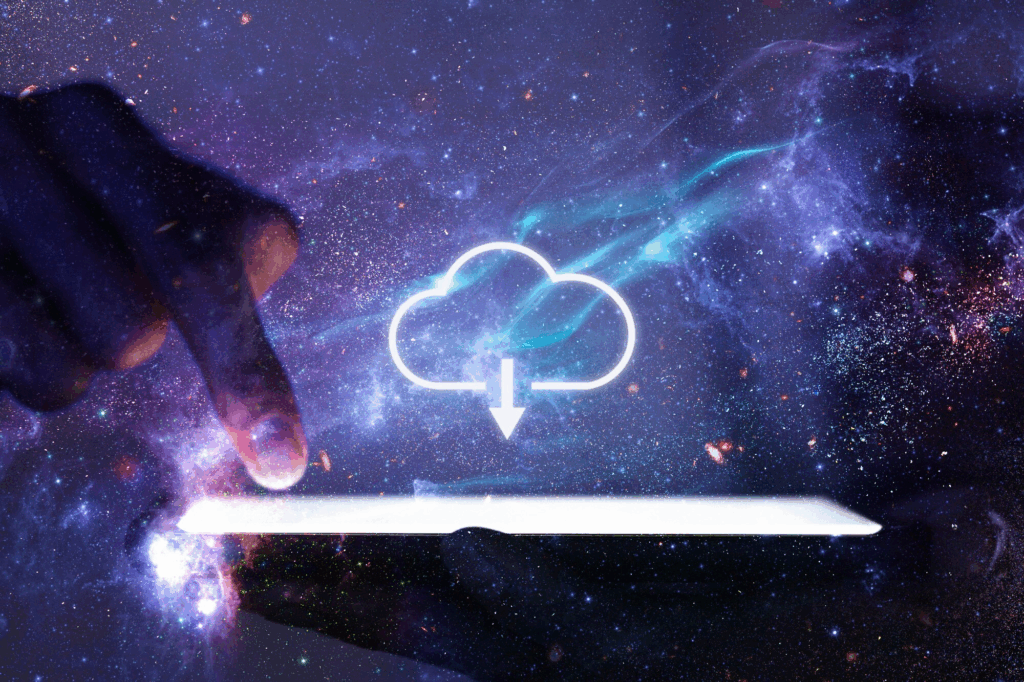Imagine trying to build a city where every house has its own kind of electricity, plumbing, and internet – no shared codes, no standard connectors. That’s what decentralized AI development feels like today.
In the cloud AI world, developers benefit from mature ecosystems built around well-supported platforms like TensorFlow, PyTorch, and ONNX. These frameworks offer a shared language, making it easy to collaborate, plug components together, and scale systems globally.
But in the fast-moving world of decentralized AI, that level of standardization simply doesn’t exist yet.
Every vendor building decentralized AI systems is doing it differently.
One company might store model weights in custom binary formats.
Another may use a unique peer-to-peer networking protocol for communication between agents.
Some rely on blockchain integration; others don’t.
This makes even basic interoperability like sharing a model between two systems an engineering headache. A 2023 AI Edge Devs Survey revealed that 55% of developers working in decentralized or edge AI environments report “persistent integration issues” due to a lack of common frameworks or communication standards.
Unlike centralized systems that can rely on HTTP, REST APIs, or gRPC protocols, decentralized AI systems often require machine-to-machine communication that is real-time, secure, and low-latency. But without agreed-upon protocols, each solution ends up reinventing the wheel—often poorly.
This fragmentation leads to:
Increased development time
Duplicated efforts
Vendor lock-in
Unscalable system architectures
And because AI agents are often designed to learn, interact, and make autonomous decisions, the incompatibility between models and systems stifles their ability to collaborate across platforms.
Why It Matters for Scaling
Without common standards, it becomes difficult to:
Replicate successful use cases across industries
Collaborate between vendors, governments, and partners
Maintain decentralized AI deployments over time
Audit and verify systems for compliance and trust
For example, a decentralized AI system managing logistics in a port city might not be able to integrate with a neighboring region’s energy grid AI—even if both use LLMs and edge devices—because the two speak entirely different technical “languages.”
There’s now a growing movement advocating for:
Open-source communication protocols
Decentralized agent registries
Cross-compatible model packaging
Unified governance layers (often blockchain-based)
Organizations like the Decentralized AI Alliance and IEEE’s Edge AI Working Group are working on proposed frameworks, but widespread adoption is still a work in progress.
Much like the internet needed the TCP/IP protocol to go global, decentralized AI needs its unifying protocol moment—a standard that will allow any AI agent, device, or system to plug in and start working together.
Right now, decentralized AI feels like a frontier town with brilliant inventors but no building codes. Everyone’s innovating in silos, which limits collaboration and slows the ability to scale.
If decentralized AI is going to fulfill its promise—secure, smart, and independent—it needs a common playbook. Because intelligence alone isn’t enough. Interoperability is the key to a truly connected, autonomous future.





